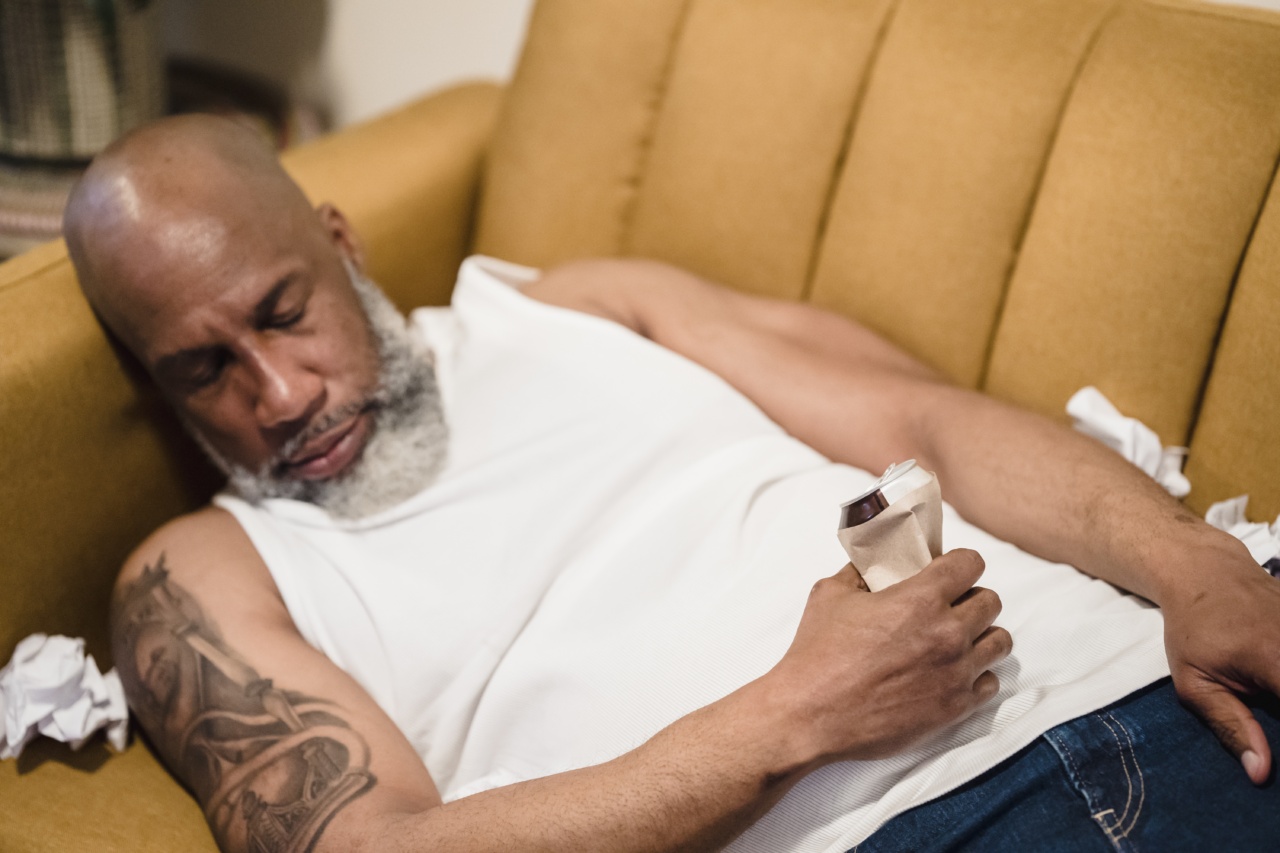Have you ever noticed that some people walk with more confidence than others? Or that some people seem to always be in a rush while others stroll leisurely? These differences in walking style can actually reveal a lot about a person, including their anxiety levels. Researchers have found that anxious individuals tend to have a distinct walking pattern that can be discerned from their movements.
What is Anxiety?
Before delving into how your walk can expose your anxiety level, it’s important to understand what anxiety is. Anxiety is a normal emotion that everyone experiences from time to time.
It’s the feeling of unease, such as worry or fear, that occurs when we’re faced with a stressful situation. However, some people feel anxious more often and more intensely than others, which can interfere with their daily life.
Body Language and Anxiety
Anxiety doesn’t just affect the mind – it also affects the body. When we’re anxious, our body goes into a “flight or fight” response, releasing hormones such as adrenaline and cortisol.
This can cause physical symptoms such as sweating, rapid heartbeat, and shortness of breath. These symptoms can also affect our body language. For example, someone who is anxious may fidget, avoid eye contact, or slouch.
The Link Between Walking and Anxiety
Since anxiety affects the body, it’s logical that it would also affect the way we walk. Researchers have found that people with anxiety tend to have a distinct walking pattern that can be identified by analyzing their gait.
This pattern includes walking more slowly, taking shorter steps, and having less swing in their arms.
Walking Speed and Anxiety
One of the most noticeable differences between someone with anxiety and someone without is walking speed. People with anxiety tend to walk more slowly than those without.
This is likely due to their heightened state of arousal, which can make even simple tasks like walking feel more difficult. Walking slowly can also be a way for anxious individuals to feel more in control, as they can take the time to carefully assess their surroundings.
Step Length and Anxiety
Another common trait of anxious walkers is taking shorter steps. This can be a way for them to feel more grounded and stable, as shorter steps can make them feel less likely to trip or fall.
However, taking shorter steps can also have the opposite effect, making them feel more tense and constricted.
Arm Swing and Anxiety
Finally, anxious individuals tend to have less swing in their arms when they walk. This may be because they are holding tension in their upper body, which prevents their arms from swinging naturally.
It’s also possible that anxious individuals are self-conscious about their movements and are trying to control their arm swing to appear more composed.
The Bottom Line
If you’re wondering how your walk can expose your anxiety level, it’s not just about how you move – it’s about how you feel. Anxiety can affect the way we move our bodies, leading to a distinct walking pattern that can give away our emotional state.
If you notice that you’re walking more slowly, taking shorter steps, or swinging your arms less than usual, it may be a sign that you’re feeling anxious. By being aware of these patterns, you can take steps to manage your anxiety and feel more in control of your movements.






























